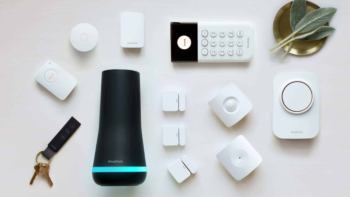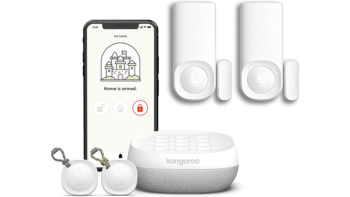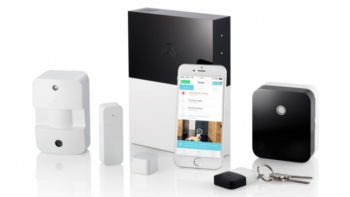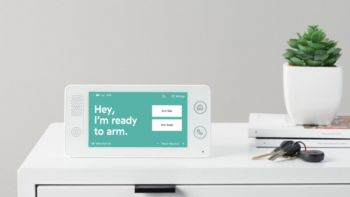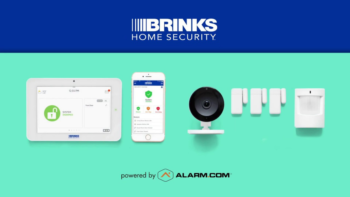When it comes to your home, keeping your family and your abode protected is a top priority. With so many options available on the market these days, it helps to know the difference. Whether you’re seeking something budget-friendly or prefer all the bells and whistles, there is a security system that is right for you. We’re sharing some of the best on the market that you can set up on your own. Keep your home secure with our list of the best cost-effective home security systems.
SimpliSafe
While SimpliSafe is on the pricier side of cost-effective systems, it is still simply a great deal. If you are seeking a system without extra add-ons, look no further. With SimpliSafe, there are no installation costs or monthly fees. Are you worried about contracts? There isn’t one. This is a system that gets right to guarding your home and skips all of the extra costs and frills.
Monthly Plan Price: $14.99 p/mo.
Full Kit Set-up Price: starting at $229
Smart Home Capability: Amazon Alexa, Google Assistant
Ring
The Ring system is an automatic go-to, and with most households having an Alexa device, it makes sense as a top choice. What is excellent about the Ring security system is its cheap monthly monitoring cost and 60-day cloud storage. Not to mention, with Amazon’s friendly warranty and return policy, it’s as easy to get product assistance as it is to ask Alexa what the weather is today.
Monthly Plan Price: $10.00 p/mo.
Full Kit Set-up Price: starting at $199.99
Smart Home Capability: Amazon Alexa, Z Wave
Kangaroo
Kangaroo jumps right onto the list of cost-effective home security systems as the cheapest on the block. But affordable does not mean less secure in this instance. The monthly monitoring fee clocks in at the same rate as Ring, and it does the job well. The Kangaroo system is an innovative choice for those looking for a simple package option.
Monthly Plan Price: $10.00 p/mo.
Full Kit Set-up Price: starting at $79.00
Smart Home Capability: Amazon Alexa, Google Assistant
Wyze Cam Pan
If you prefer to simplify your monitoring system even further, the Wyze Cam may be your best bet. This single-camera option remains effective with a free mobile app and custom alerts. Did we mention they also provide 14 days of free cloud storage?
Monthly Plan Price: n/a
Full Kit Set-up Price: starting at $37.98
Smart Home Capability: Amazon Alexa, Google Assistant
Abode
Abode made the smart move in upping its innovative home capabilities, and what’s not to love about that? This is the only security system on the market that can connect to Alexa, Apple Hoemkit, Google Assistant, Z-Wave, and Zigbee. So basically, almost every smart home system that there is.
Monthly Plan Price: $20.00 p/mo.
Full Kit Set-up Price: starting at $199.00
Smart Home Capability: Amazon Alexa, Apple Homekit, Google Assistant, Z-Wave, Zibbee
Cove
Not only is Cove considered one of the best cost-effective home security systems, they dont skimp on features for their budget pricing. All you have to pay for is the wireless equipment and choose your plan (both are affordable), and you are ready to go. With no contract, the only long-term deal you’ll have is the peace of mind that will come from securing your home.
Monthly Plan Price: $14.99 p/mo.
Full Kit Set-up Price: starting at $150.00+
Smart Home Capability: Amazon Alexa, Google Assistant
Brinks
When it comes to security systems, Brinks has been a long-term go-to for households and the world throughout the years. That’s why it should come as no surprise that while they have been around, their system is certainly not outdated. Brinks offers homeowners a reliable, high-quality system with a competitively priced live monitoring tool and built-in home automation.
Monthly Plan Price: $39.00 p/mo.
Full Kit Set-up Price: starting at $199.00 (+$19.00 activation fee)
Smart Home Capability: Amazon Alexa, Z-Wave

